Apr 30 2018
Saturday – Fartlek, Video & Stroke Analysis
Friday
I did body weight and core exercise during a 4 hour conference call marathon. There were enough low information density moments that I could listen and “work out” at the same time. It gives a new dimension to “Plank” when at the same time you are following the conversation.
Saturday
I am entering a low volume training cycle, and I didn’t find time to completely plan out each session for this cycle, so I had to improvise a bit. Fartlek, “speed play”, is, for example “sprint all out from one light pole to the next, jog to the corner, give a medium effort for a couple of blocks, jog between four light poles and sprint to a stop sign, and so on, for a set total time or distance” (quote from breakingmuscle.com). I basically allowed myself to play with the boat speed as I felt fit.
Romana was training the girls, but had to jump in a double with a less experienced girl, so she asked me to row with Iva, who was doing 500m intervals. So I rowed with her and coached her by rowing my single next to her and shouting instructions.
And, I recorded all that with my GoPro Hero Session 5 camera.
[amazon_link asins=’B01LZTLCFX’ template=’ProductCarousel’ store=’rowingdata-20′ marketplace=’US’ link_id=’a010e89f-4c4f-11e8-a577-11076d56272a’]
Here is the result:
In the video, I am showing my (long) standard warming up drill starting with arms only. Then a (not so well executed) technique drill, then some snippets from 500m intervals, and finally a very short race pace piece.
All in all I am pretty happy with the row. By the way, this was the first real video taken with my new camera.
It’s now a bit over a month since I have started to row on the water again, so time for some analysis.
I made these charts using the Box Chart functionality on rowsandall.com. Click here to read the tutorial on how to use the Box Charts.
I am not going to make any conclusions based on these box charts now, apart from the things I mention in the image captions. But it show that this is a good tool to monitor progress.
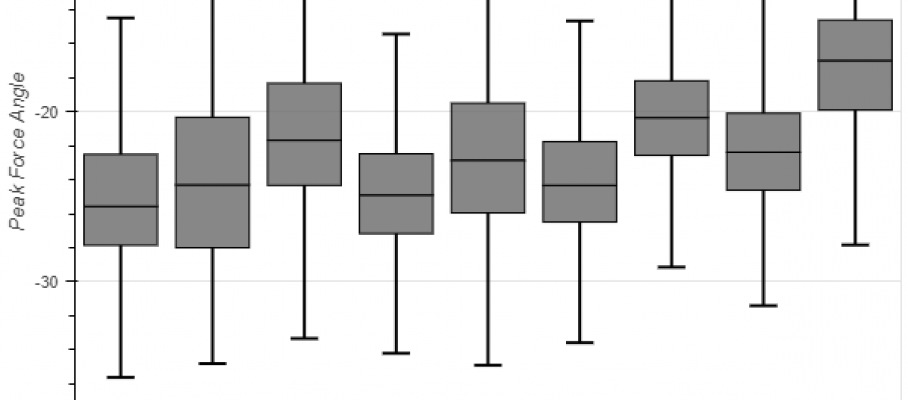
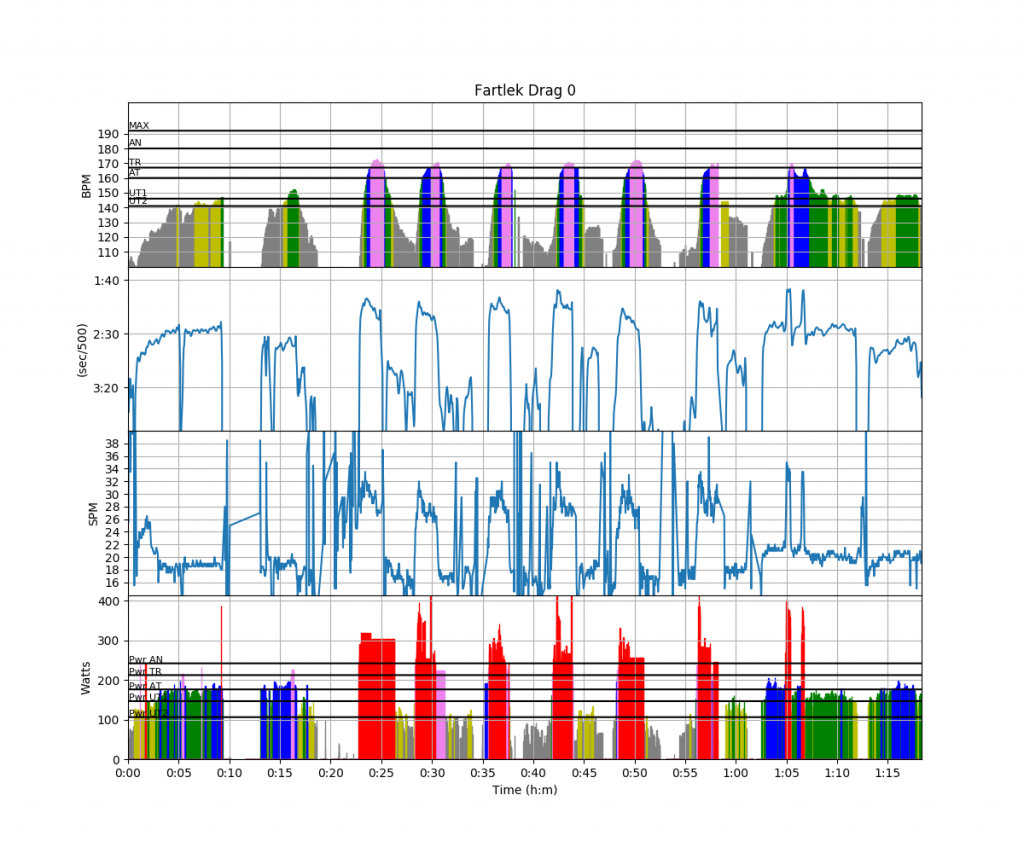
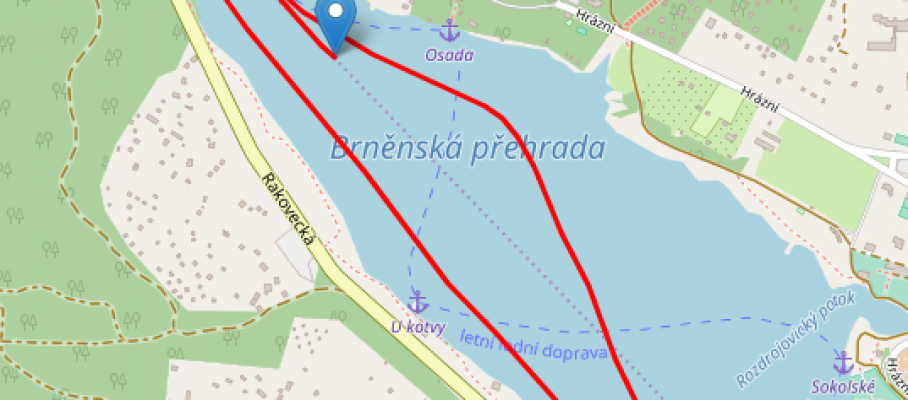
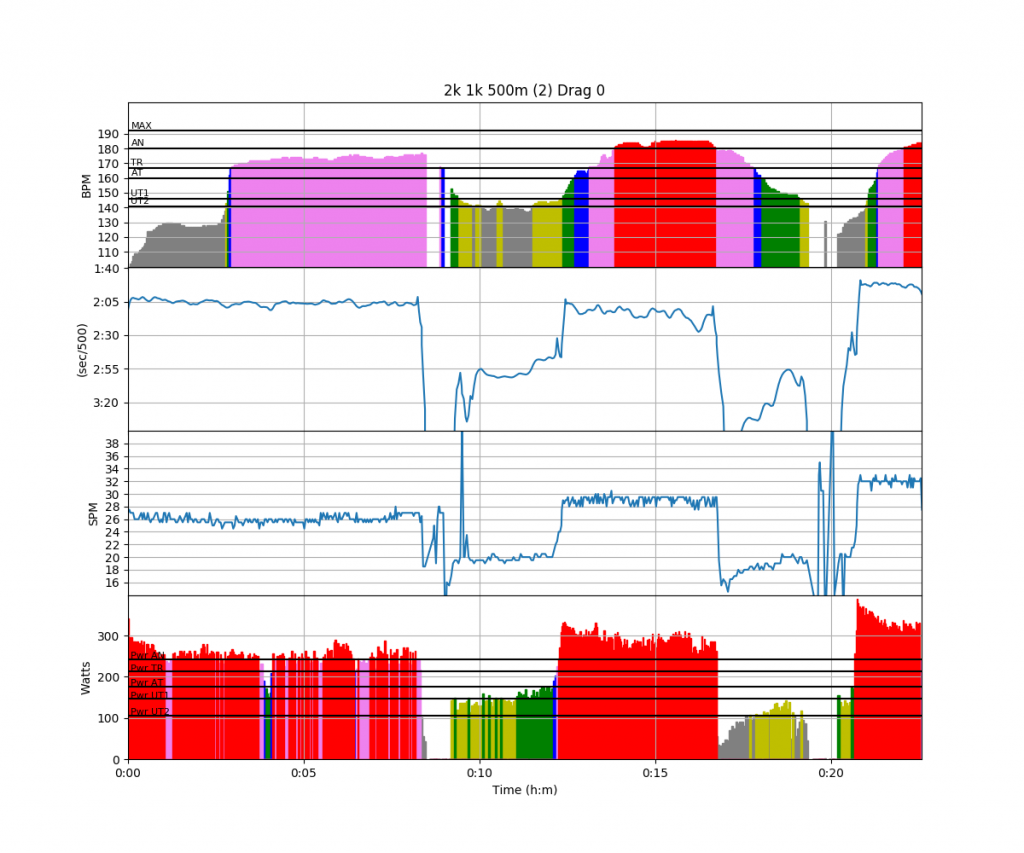
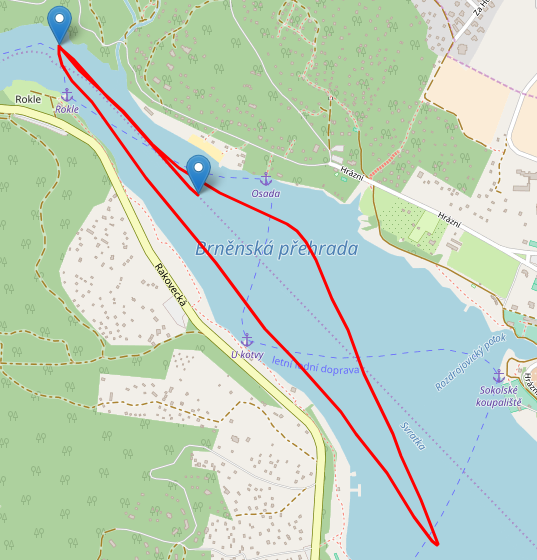
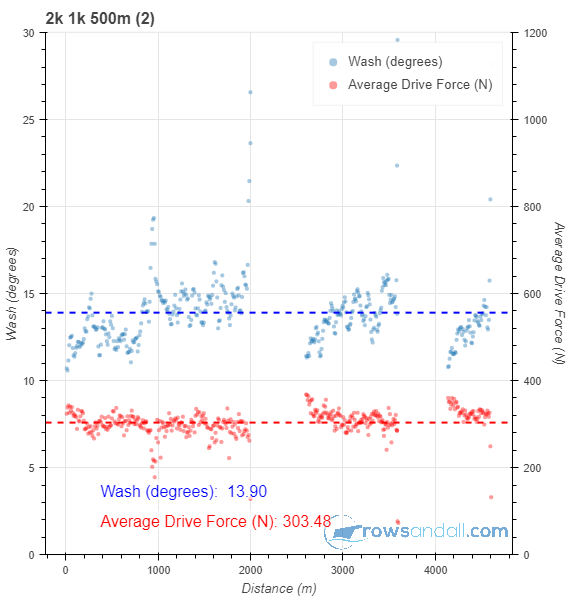
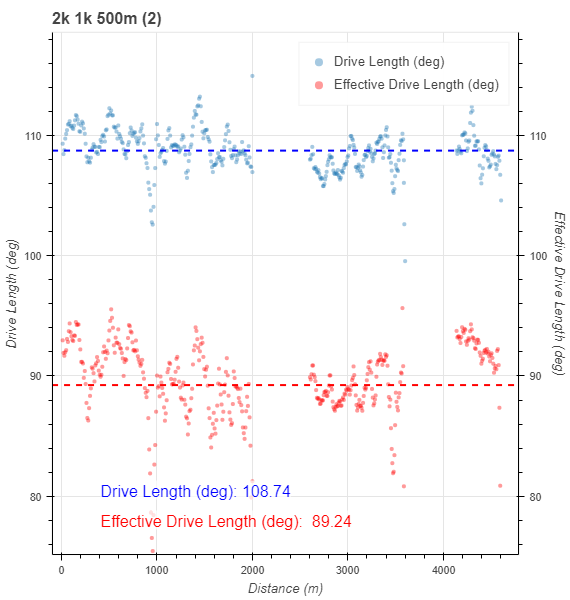
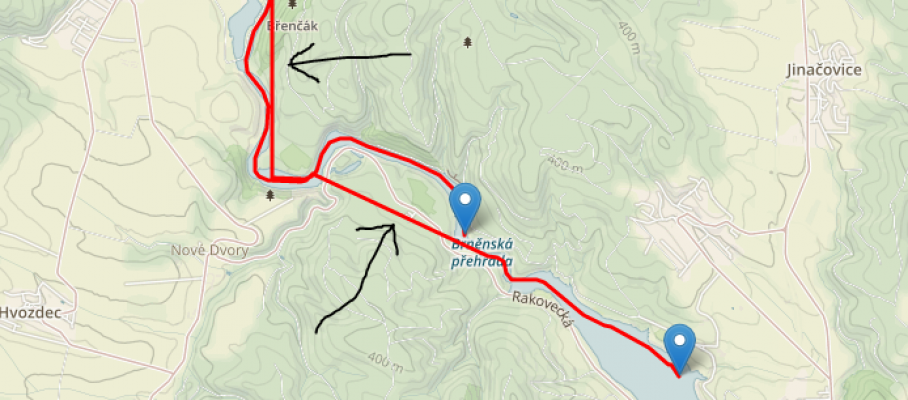



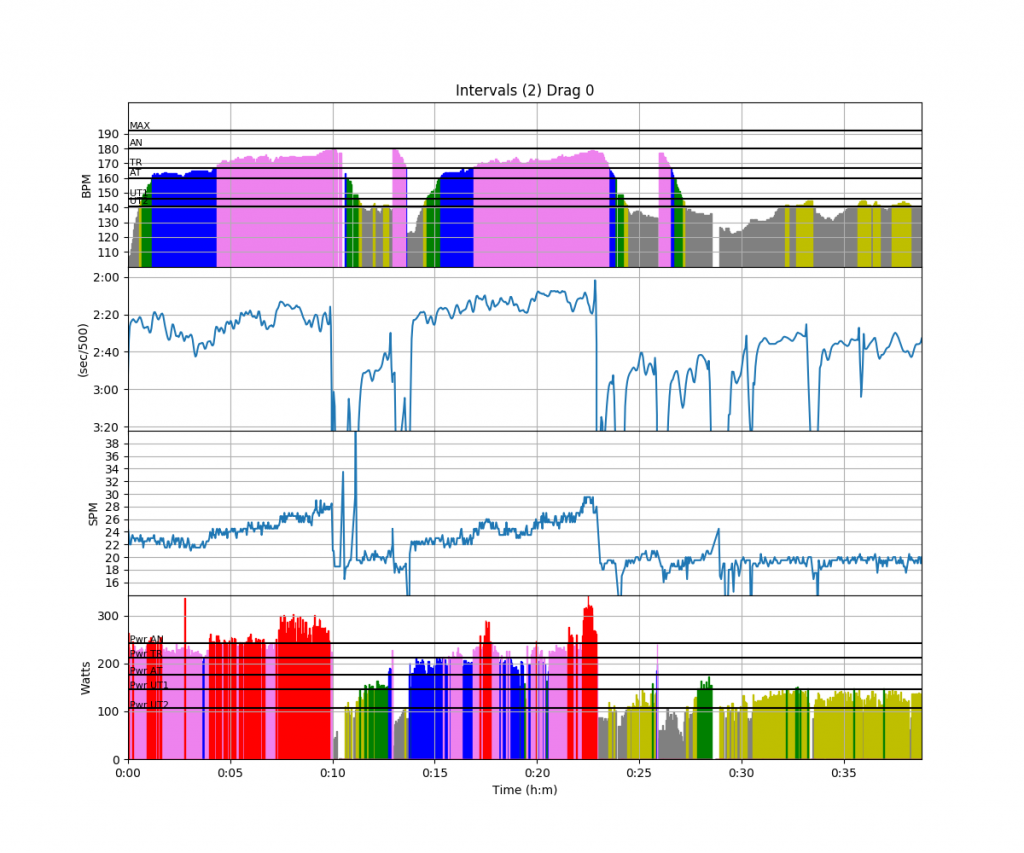
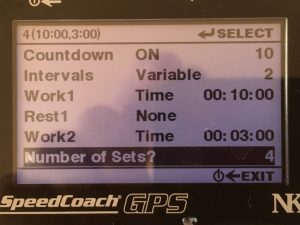
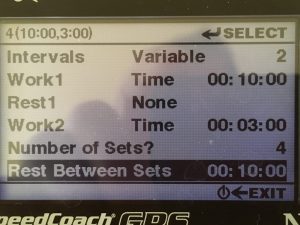

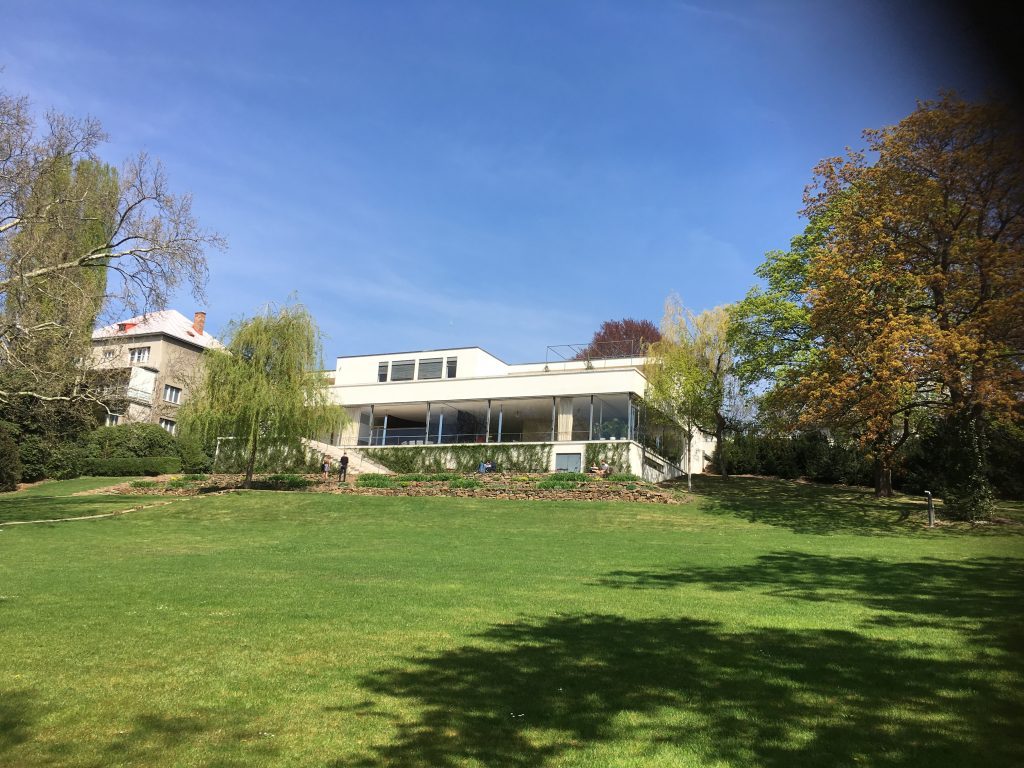

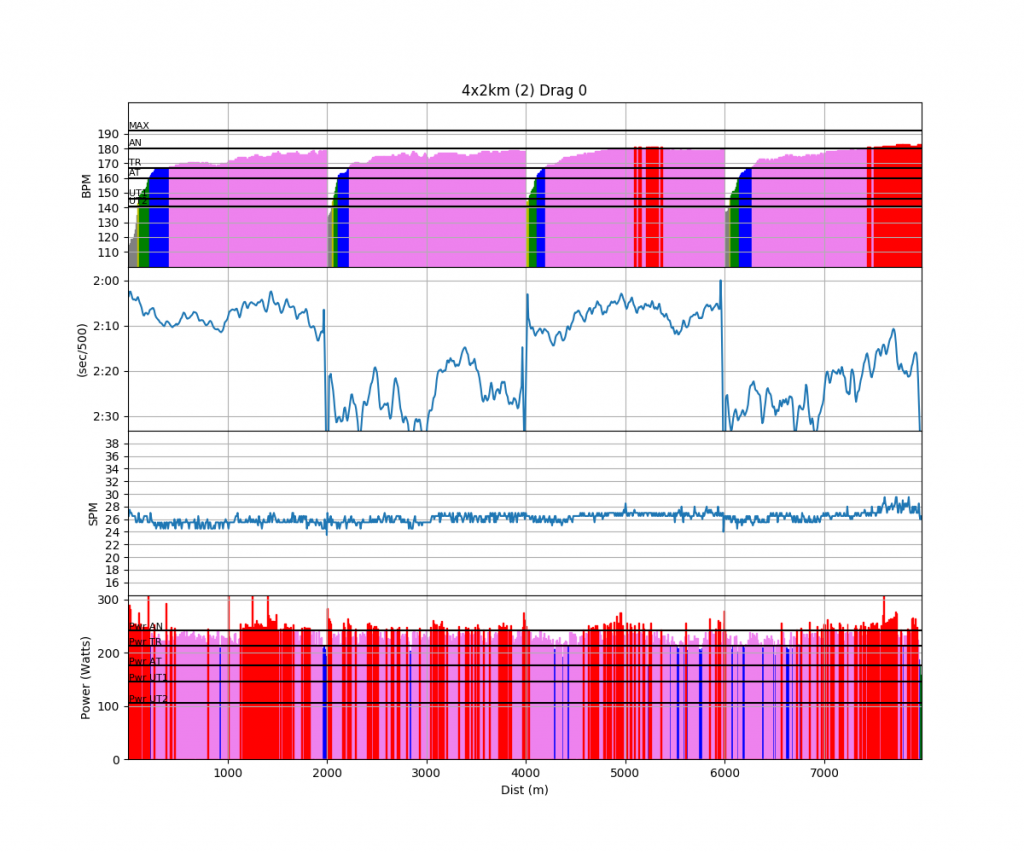
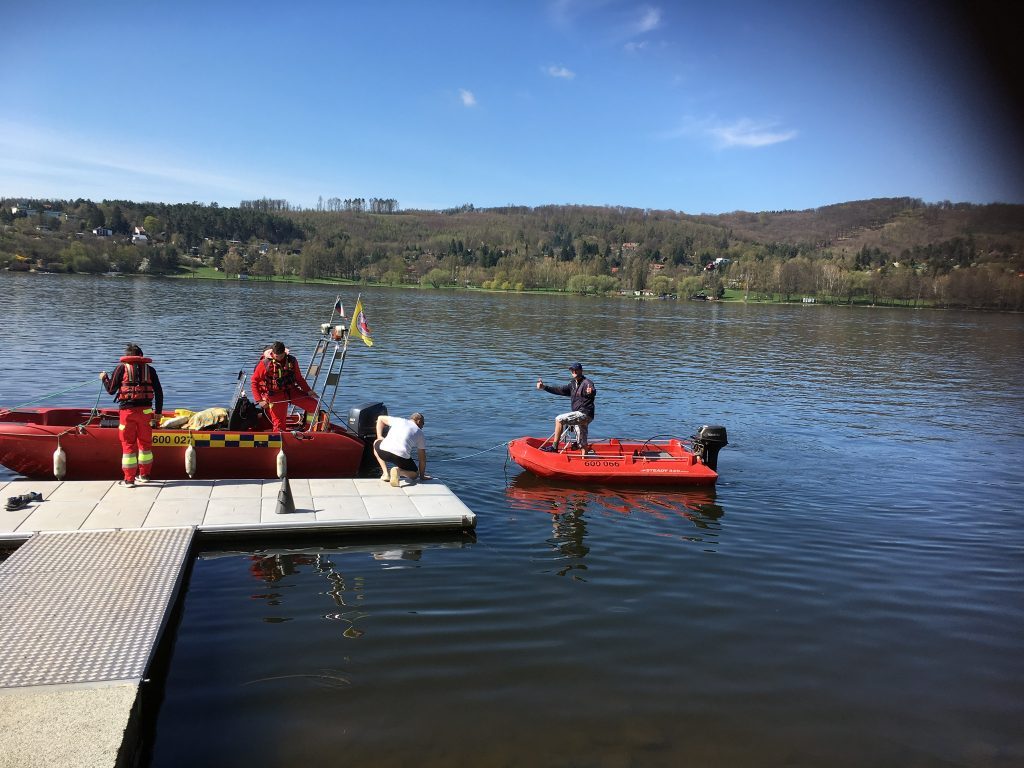
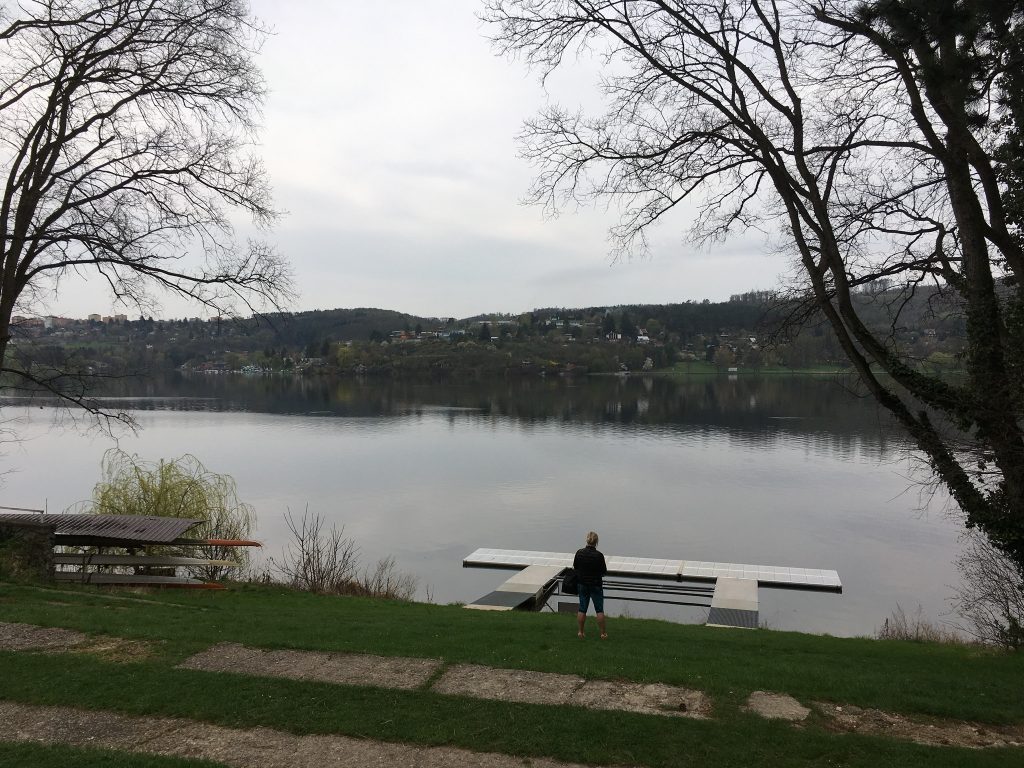
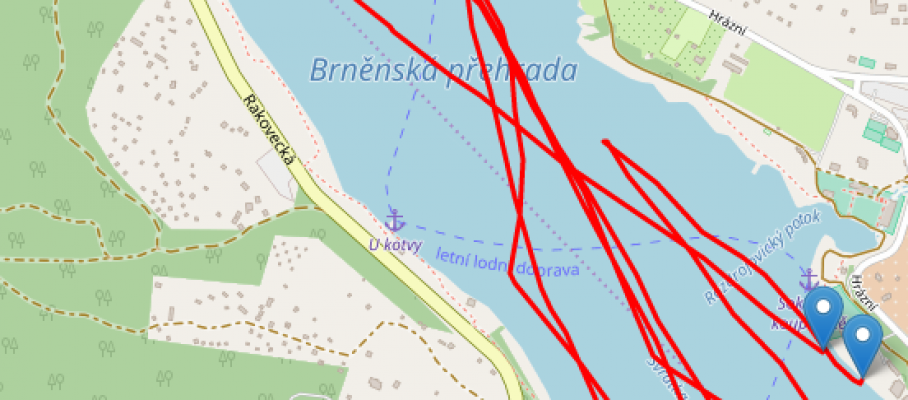

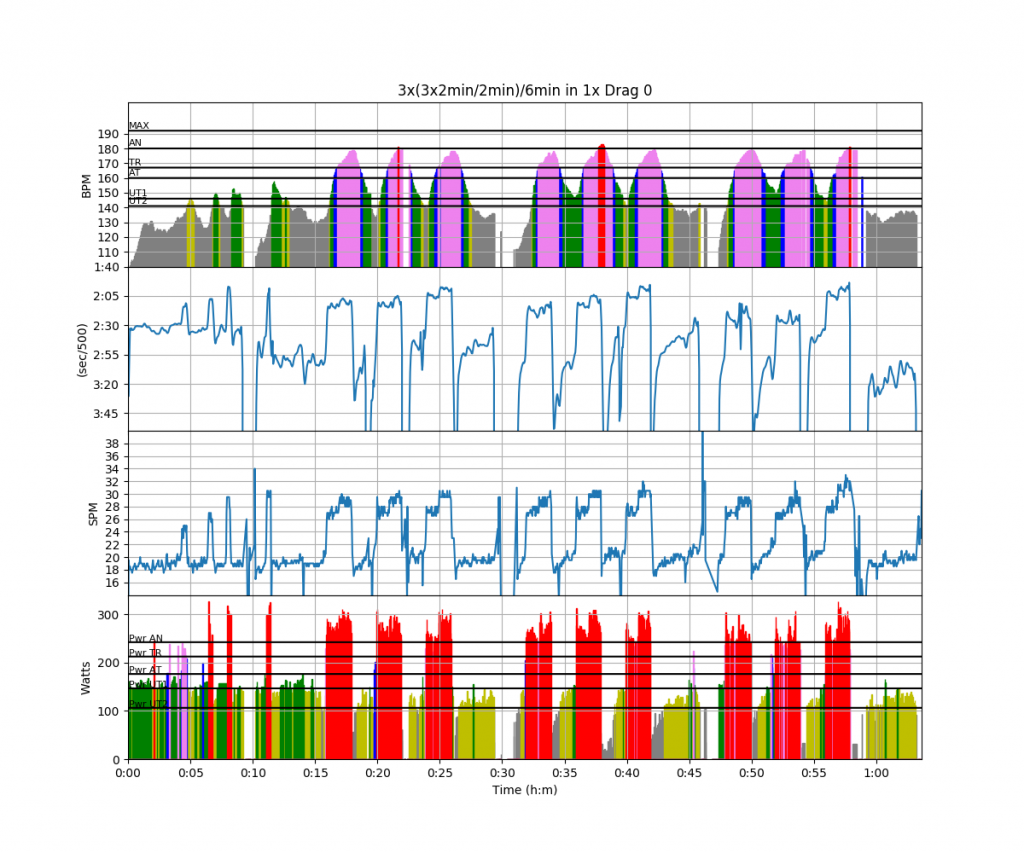
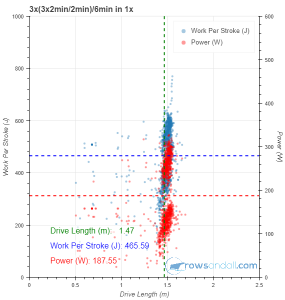
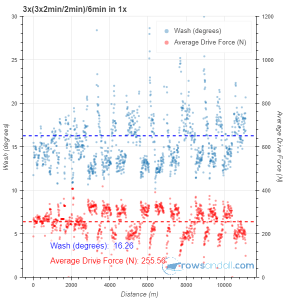
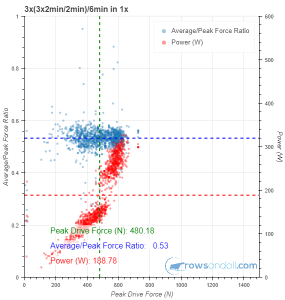
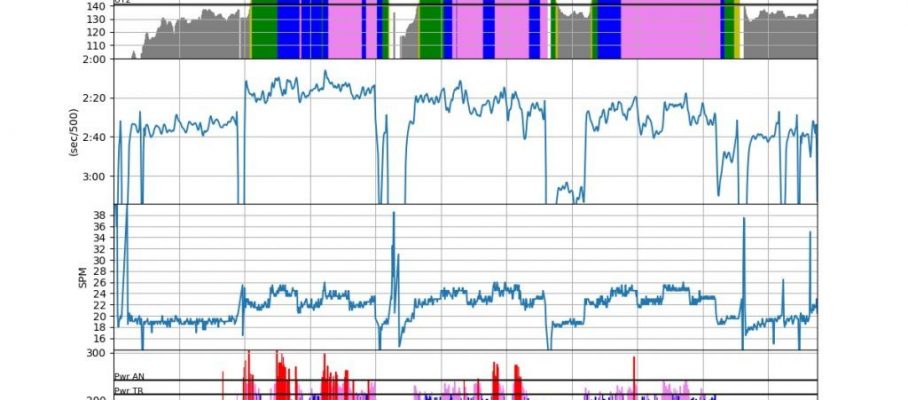
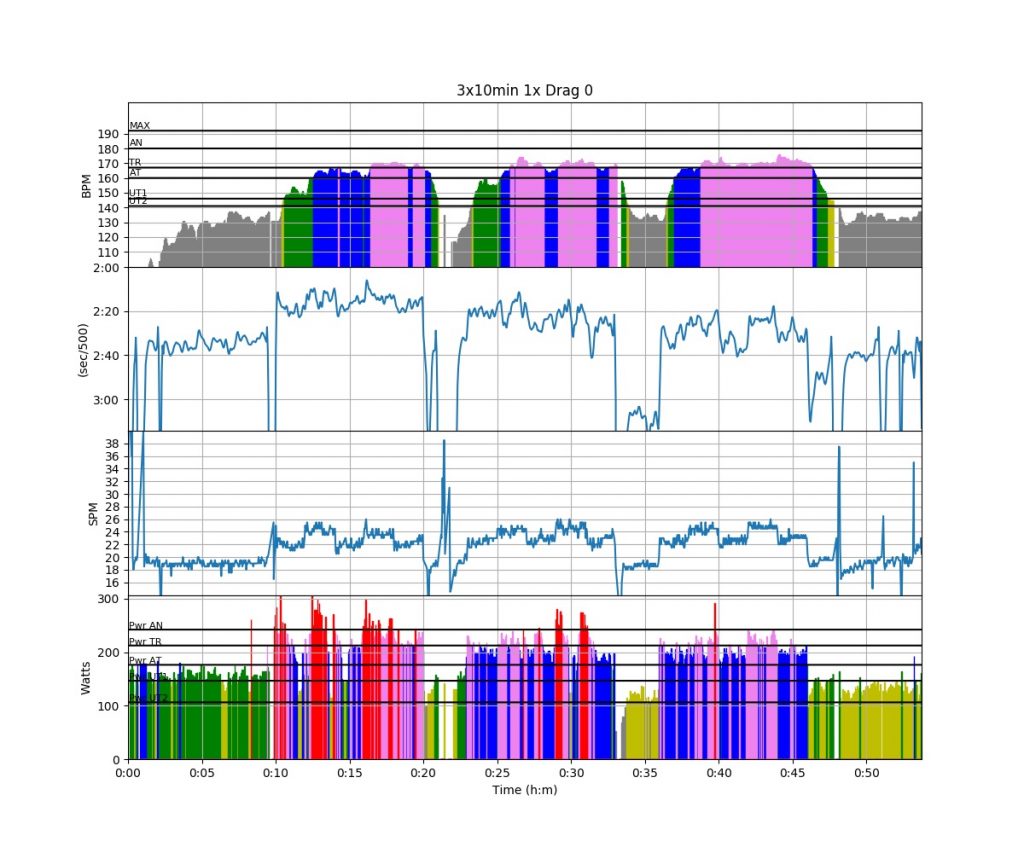
May 6 2018
Saturday – Steady State and RiM test
Interesting conditions. When we arrived, the lake was pretty choppy, but it calmed down while I prepared to row. Then, during the row, the chop became gradually worse. I actually enjoyed it and tried to row stably in all conditions.
I was also test driving RiM (Rowing in Motion) on Android. RiM is an app developed by Johannes Rudolph. RiM measures boat acceleration and allows you to analyze the dynamics and efficiency of your boat. The last time I used this app was in September 2015, so we have two entire seasons between data collection. Here’s a chart:
And here are is another chart, looking also at 30spm:
The legend:
And some metrics:
Interesting that the Catch Slope (for the 30/31spm strokes) has become less steep over the two years, but the catch duration has shortened. The catch duration is the time during which the boat decelerates at the catch. So, my catches have become a bit less hard and thus the boat decelerates less. That would be a good development and something I have been working on. The question is whether the differences are significant, and whether these two small samples are characteristic.
This also shows some of the weakness of analysis based on picking a number of strokes. One needs an underlying model of what is going on, linking the metrics at different stroke rates to one underlying stroke characteristic, and monitor the metric continuously over time, for every stroke. The question is, of course, if a 20spm stroke has a similar characteristic as a 36spm stroke. I think good scullers adapt to the different boat speed and boat dynamics.
Anyway, I’d love to hear where these metrics are in comparison of some of my readers, if they use RiM as well.
In the final 15 minutes of the row, I switched off RiM and used the phone camera to record a sternward view of the chop. Here’s a little video compilation:
The practice start at 12 minutes into the row was liked by rowsandall.com with the following email:
Given that I am now on 10% lower power values and I haven’t corrected the old ones, that is a nice way to tell me that that start wasn’t bad at all. It’s not unimportant what happens in the first 10 seconds of a race.
By sanderroosendaal • Uncategorized • 0 • Tags: lake, OTW, rowing, rowing metrics, single, steady state, training